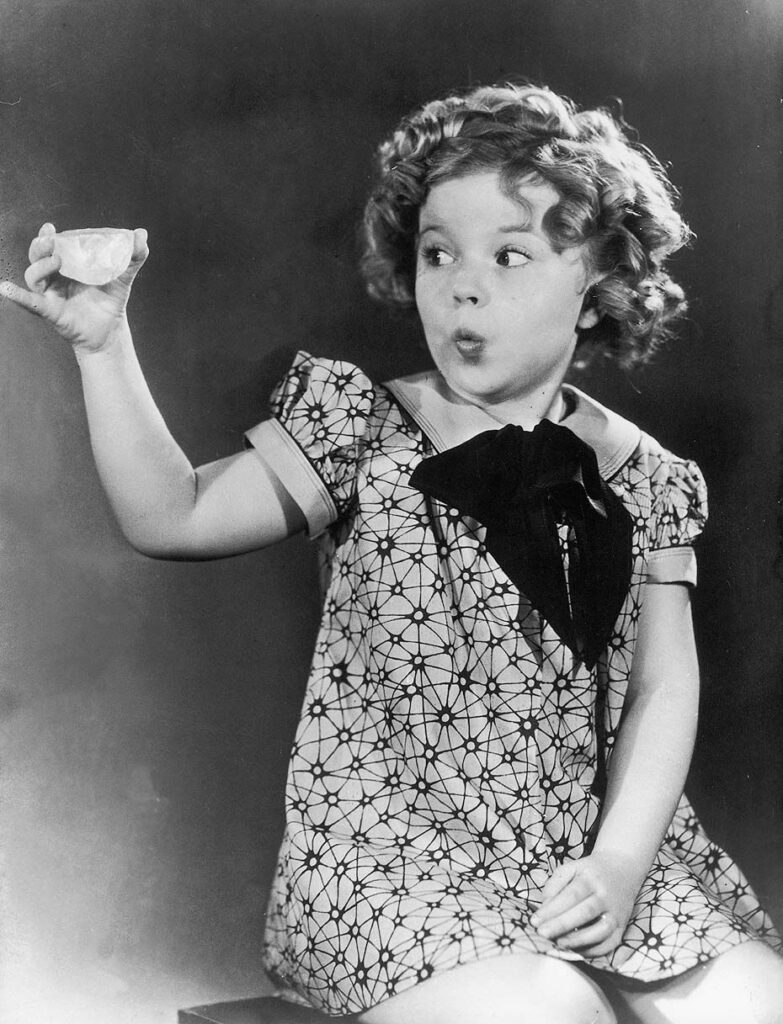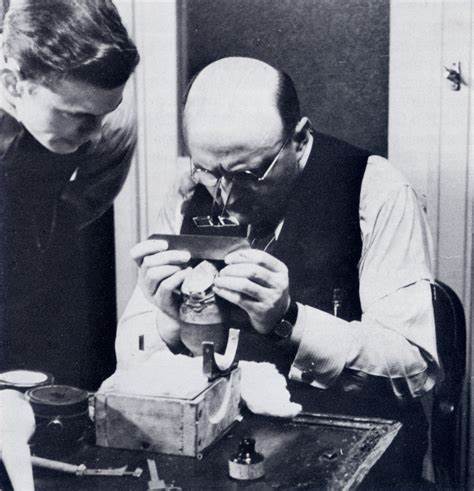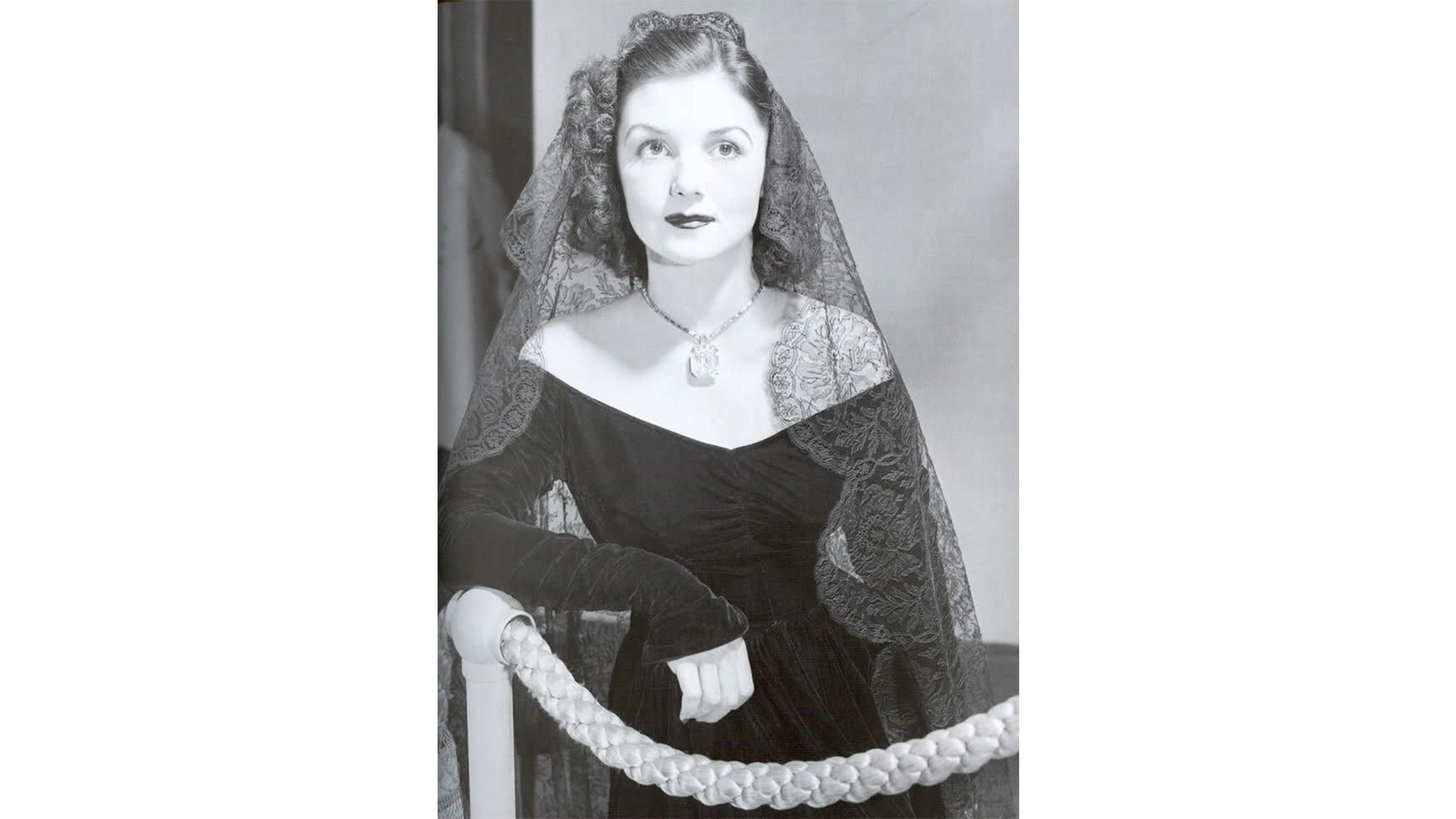It was March 1, 1896 when the baby who would become the diamond whisperer Harry Winston, was born. His family was in the jewelry business so it comes as no surprise that Winston, who had an innate love and understanding of gems, also went into the trade.

However, Winston was a particularly gifted jeweler, he intuitively understood stones and jewelry, he was an astute businessperson and perhaps most importantly, he was not afraid to take a risk. And those risks often paid off for him. He was also a shrewd marketer, who wanted the public to love gems and jewelry as much as he did. Winston’s knack for acquiring uncut diamonds and turning them into coveted objects of desire is legendary. “No American was buying, cutting and selling rough diamonds like Harry,” explains Angela Hedges, jewelry consultant and former Harry Winston Archivist. “He alone put the United States, and his name, at the forefront of the global diamond market.”
His first uncut diamond was legendary before Winston even bought it and once he bought it the diamond certainly made him famous. Or perhaps, it was Winston who made the diamond more famous. That diamond was the Jonker, a 726-carat rough diamond that was found in 1934 in Elandsfortein, South Africa on a farm owned by Jacobus Jonker, which is how the diamond got its name. The discovery of a gem of this size generated a lot of headlines at the time. Winston purchased the rough diamond in 1935 from the Diamond Corp. Ltd., for $750,000.
Revealing the Jonker
The Jonker arrived in New York City in June 1935 to much fanfare, the gem had already had a number of write ups in the media announcing that it was coming to New York. Once it got to New York City, the Jonker was sent to the American Museum of Natural History for a “secret” unwrapping of the package. According to an article in the June 12, 1935 edition of the New York Times, “…50 reporters, photographers and newsreel men were notified secretly. Museum employees all wore revolvers.” The same article went on to explain that the armored truck guard put the box on a stand covered in black velvet and then a representative from Winston’s office signed for the package. That was then followed by Museum president F. Trubee Davison and director, Dr. Roy Chapman Andrews opening the box. The whole event was recorded.

The rough diamond was removed from its box and the June 12 article described it in somewhat unflattering terms, “To most of those watching the proceedings, however, it looked for all the world like a piece of the camphor ice the old-fashioned housewife used to keep on the bathroom shelf, and it was about the size of one of the pieces of coal in the same housewife’s kitchen coal scuttle.”
Winston soon sent the Jonker off on a press tour during which time silver screen stars Claudette Colbert and Shirley Temple were photographed with the rock. On November 22, 1935, The New York Times reported on the Jonker and its press tour, writing that “Thus far, he (Winston) has received two offers for the Jonker diamond, which is about the size of a hen’s egg and described as a soft silky blue in color. One was from a European dealer who offered $1,000,000. The other was from an agent acting for an American client.”
Lazare Kaplan Cuts the Jonker
When the diamond ended its press tour, It was time to send it off to be cut and polished. Who should be hired to cut the Jonker was an important question. After a year or so of pondering the question, Winston chose Lazare Kaplan a New York-based cutting firm, making the Jonker the first major diamond to be cut in the U.S. It took about a year of studying the diamond before Kaplan would touch it, especially since Lloyd’s of London wouldn’t insure the stone because cutting was such a risky business. While he was studying the stone, Kaplan made more than 1,000 plaster casts and 161 lead models to help him with his calculations.

In October 1936, Natural History: The Magazine of the American Museum of Natural History, published a lengthy essay by Lazare Kaplan on the Jonker diamond and the cutting process. The first step is cleaving. After spending time finding the correct place to cleave the diamond he proceeded, stating in the essay that “In diamond cleaving there is no middle ground. It is either done perfectly or it is ruined.” He also noted that the Jonker at 726-carats weighed about a half a troy pound, with no internal flaws, only skin flaws, which are on the surface of the stone and can easily be polished off. In the essay Kaplan also comments that because the Jonker was so large, he had to custom make tools so he could work with the stone. When he finally cleaved the diamond, it worked perfectly splitting into three pieces.
Cleaving for the Press
Winston, never one to miss an opportunity to get his fabulous stones out to the public arranged for a press event for the diamond cleaving. However, cleaving is such a precision procedure that Kaplan wouldn’t allow anyone in the room when he cleaved the stone except for his son Leo who assisted him. Even Winston, wasn’t allowed to watch. After the diamond was cleaved the three pieces were put together and the cleaving was re-enacted for the press.
When the diamond was finally cut and polished it yielded twelve gems, according to the Harry Winston archival records, but some sources report that the stone yielded a lucky thirteen gems. The total weight of the cut stones was 375-carats, the rest of the diamond was lost as it became dust during the cutting process. The Jonker I was the largest at 143-carats the others were all under 50-carats. All the diamonds were emerald cuts except for one that was a marquise shape.
The Jonker I was purchased in 1949 by King Farouk of Egypt. He was deposed and exiled a few years later and the diamond was “lost”, turning up again in 1959 when Nepal’s Queen Ratna was seen wearing it. In 1974 the Jonker I sold at an auction in Hong Kong for $4 million.
“It was just two years after Harry incorporated under his namesake that he acquired the Jonker,” concludes Hedges. “The Jonker, the fourth largest rough diamond ever unearthed at the time, laid the foundation for a competitive man who would become the King of Diamonds just over a decade later.”
Feature image (top of page): Socialite Brenda Fraizer wearing the Jonker Diamond necklace.
Authored by Amber Michelle
